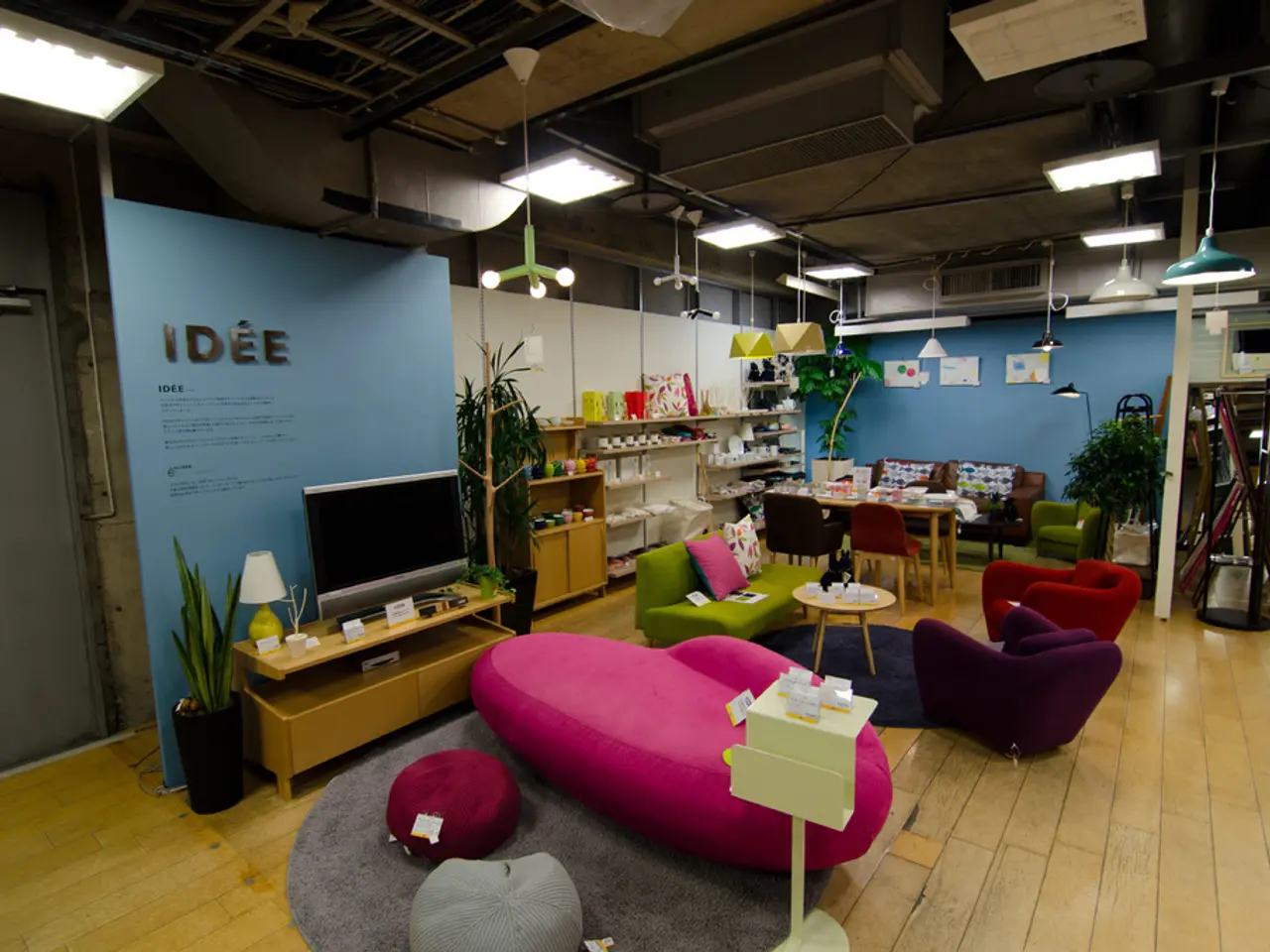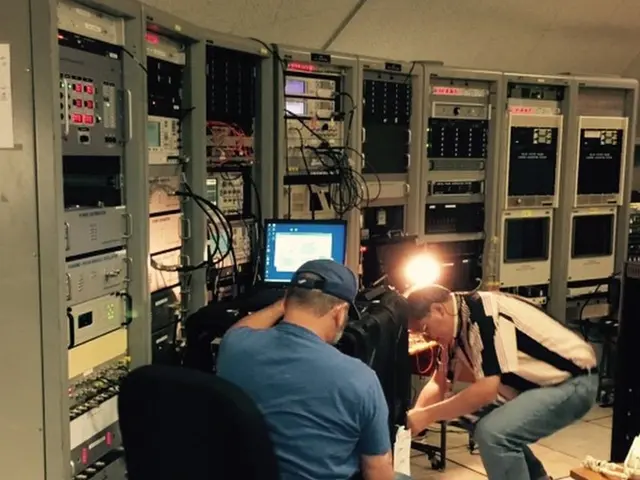Outdoor dining persists in its evolution within backyard lifestyle trends: A look at how it continues to adapt
The outdoor dining culture in the United States is undergoing a significant transformation, evolving into sophisticated, smart, and highly interactive spaces. This shift is driven by a growing consumer desire for outdoor socializing, home dining experiences, artisanal cooking, and convenience enabled by technology.
Key aspects of this evolution include the emergence of smart outdoor kitchens and grills. Outdoor kitchens are no longer basic grill setups but highly integrated spaces. Wi-Fi-enabled grills, such as the Current Grill and Weber Connect technology, allow users to remotely control cooking times and temperatures, receive alerts on doneness, and optimize grilling with smart probes and app-based controls for precise and convenient cooking.
Modern outdoor dining areas also feature motorized pergolas with adjustable louvers controlled by apps or voice commands. These pergolas adapt automatically to weather via sensors detecting rain, temperature, and wind, enhancing comfort and usability of outdoor spaces year-round.
The focus on backyard remodeling is another crucial aspect of this trend. Consumers are investing in creating multifunctional, stylish, and smart outdoor kitchens and pizza ovens. These spaces serve both functional and social purposes, enabling artisanal cooking experiences and unique dining interactions.
The restaurant sector's technological advancements also influence home dining trends. IoT sensors for food safety and AI-driven tools like chatbots for improved customer engagement and operational efficiency are becoming common in the restaurant industry. This tech evolution parallels home dining trends by enhancing food quality and service, possibly influencing consumer expectations at home.
Outdoor design is moving beyond simple aesthetics, creating spaces that feel as intentional and welcoming as any indoor room. Hardscaping materials like concrete and steel are softened by textured fabrics, warm lighting, and low-profile landscaping in outdoor spaces. Pergolas and fire pits act as visual anchors that define areas without disrupting them.
Container gardens on decks and raised beds along walkways are common additions that complement overall designs while reinforcing the idea that food and place are intertwined. Families are even designingating space for herbs, lettuces, and vine crops near dining areas, making harvesting part of the routine.
In 2025, outdoor dining is treated as a daily routine, with built-in appliances, durable materials, and intentional design turning patios into fully integrated living spaces. Weather control tools like app-triggered misting systems and programmable irrigation help manage heat and conserve utilities. Outdoor storage is becoming smarter with weather-resistant features and built-in appliances for year-round use, reducing the need for indoor trips.
This transformation of outdoor dining culture represents an ongoing movement where outdoor dining is no longer just casual but a high-tech and design-conscious experience that rivals indoor dining environments. The future of outdoor dining in the United States is one of smart, adaptable, and highly interactive spaces.
[1] Current Grills: https://currentgrills.com/ [2] Weber Connect: https://www.weber.com/US/en/grills/smart-grilling/weber-connect [3] Zuzana Paar, Sustainable Life Ideas: https://sustainablelifeideas.com/ [4] Outdoor Living by Design Magazine: https://outdoorlivingbydesign.com/ [5] National Restaurant Association: https://www.restaurant.org/
Read also:
- Budget cuts at federal and state levels jeopardize advancements in fighting HIV and AIDS within Dallas County
- Debating the legitimacy of Borderline Schizophrenia as a distinct mental health disorder?
- City Transition to Pedestrian-Friendly Environment Increases Daily Steps by Over 1,000: Research Findings
- Expanding Human Milk Fortifier Industry Predicted to Reach USD 9.9 Billion by 2034








